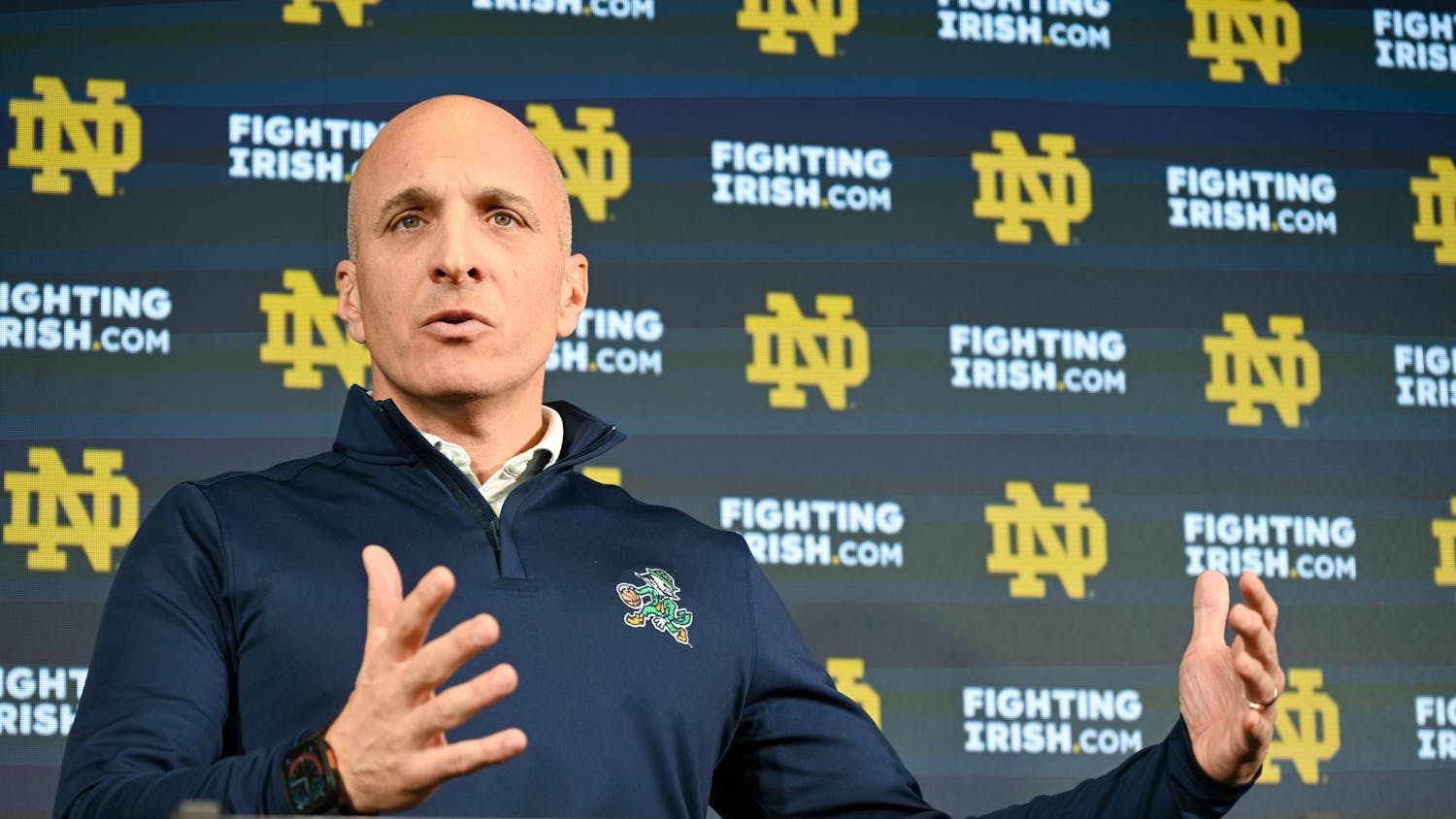Following one of the most controversial pitching appearances of the last decade, Max Scherzer emerged from the ninth inning of NLDS Game 5 utterly exhausted. The raw tenacity of the Dodgers ace carries its advantages; openness about his fatigue is certainly not one of them. So the widely publicized conversations about Scherzer’s heavy workload becoming too much to bear forced baseball fans to lend an ear.
An ever-increasing shift from starting pitching to “bullpen games” across Major League Baseball placed the tired Scherzer in a widely forsaken position. Rigorous stretches of games or awful starting pitcher performances often encourage managers to rest their rotation and overwork their bullpen, not the other way around. So why, oh why, would the Dodgers allow for Scherzer to close NLDS Game 5 after he not-so-subtly hinted at his fatigue? Better yet, in the age of advanced biomechanics and injury prevention, why are utterly exhausted starting pitchers thrown into big situations at all?
A hint at the answer came in Scherzer’s interview after Game 1 of the NLCS, one that countless fans expected him to start. Due to his persistent fatigue, Dodgers manager David Roberts opted to start none other than the household name we all know and love: Corey Knebel. The nod to the “bullpen game” stirred a flurry of questions from reporters about Scherzer’s take on the future of his position.
“You want to see starting pitchers,” Scherzer replied. “You want to see pitchers pitch deep. I think that’s best for the fans, best for the players, everybody involved. I think that’s how we all envisioned the games.”
Within this response Scherzer half-heartedly hid his real opinion under the innocent veil of the “fan’s perspective.” He stood in contention with Roberts who, along with any manager in playoff competition, will win at all costs. Aside from his obvious defense of his 14-year position, clearly something else that the world “envisioned” for baseball was at play.
It was here that Scherzer’s stance epitomized a rising issue in MLB and, I would argue, professional sports as a whole. Aesthetics. Branding. Player marketability. Fleeting concepts in a baseball landscape sharply focused on competitive advantage.
Over the past three seasons, baseball has sparked a marketability and viewership overhaul at the league level. Sure, reducing the number of allotted pitching changes and imposing the three-batter rule will be the first wave of a massive sea change. Great.
But fans do not cheer for Major League Baseball. Fans root, root, root for the home team and the so-called franchise players within them. Shifting to bullpen games nearly cuts the number of marketable players per team by half. It is for this very reason that the Tampa Bay Rays continue to shock the world with remarkable success to the echoes of a barren Tropicana Field.
Fans adore the familiar hero trope, and the pressure for the most beloved players to satisfy that trope is ever-present today. The story of a cherished veteran starting pitcher overcoming exhaustion and emptying the tank in the final outs of a huge game likely encouraged Madison Bumgarner to pitch in Game 7 of the 2014 World Series on two days’ rest. It likely drove Scherzer to pitch against the Giants in this year’s NLDS Game 5. But according to Scherzer himself, these big opportunities are few and far between in baseball, and fans love starting pitching most of all.
As data analytics continue to give teams more reasons to trust relievers, we are left to wonder about the state of baseball aesthetics as we know them. This baseball offseason carries the weight of baseball’s beauty on its shoulders, one that should be weighed in delicate balance alongside win-at-all-costs decisions. Bear this balance in mind as this year’s World Series, in which over sixty percent of innings have been pitched by relievers, concludes this week.
I think that’s best for the fans, best for the players, best for everybody involved.
Read More
Trending








